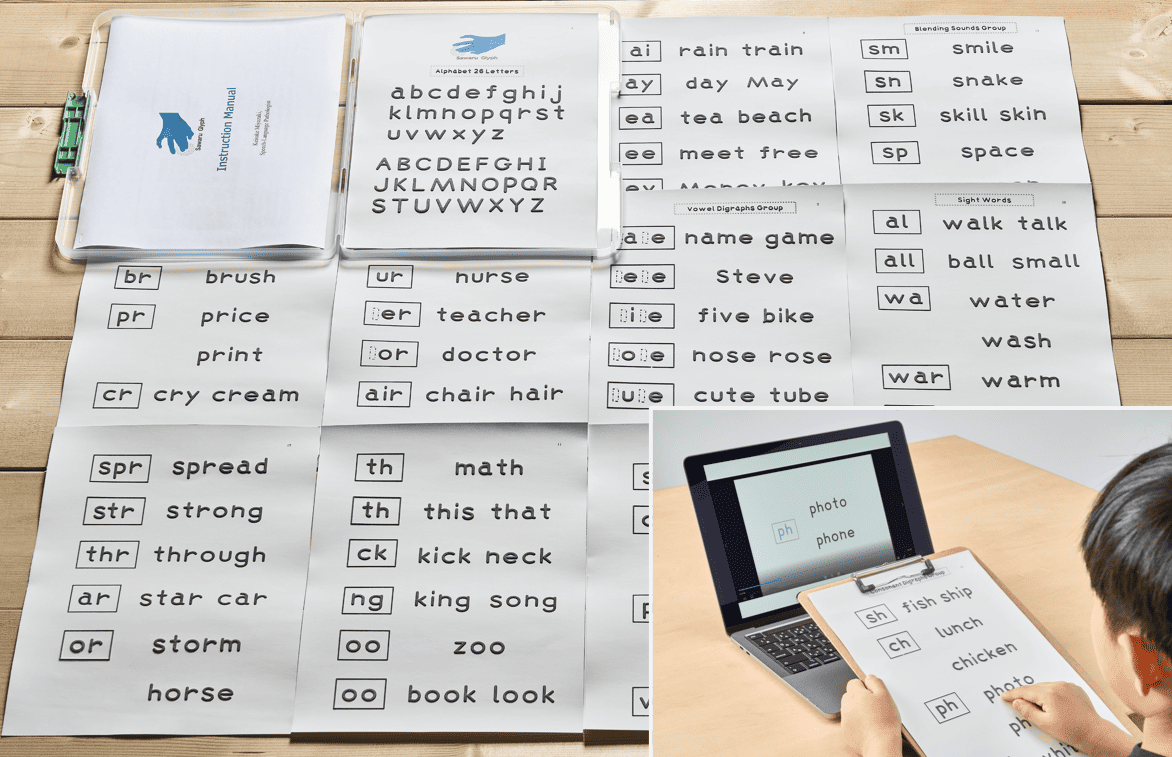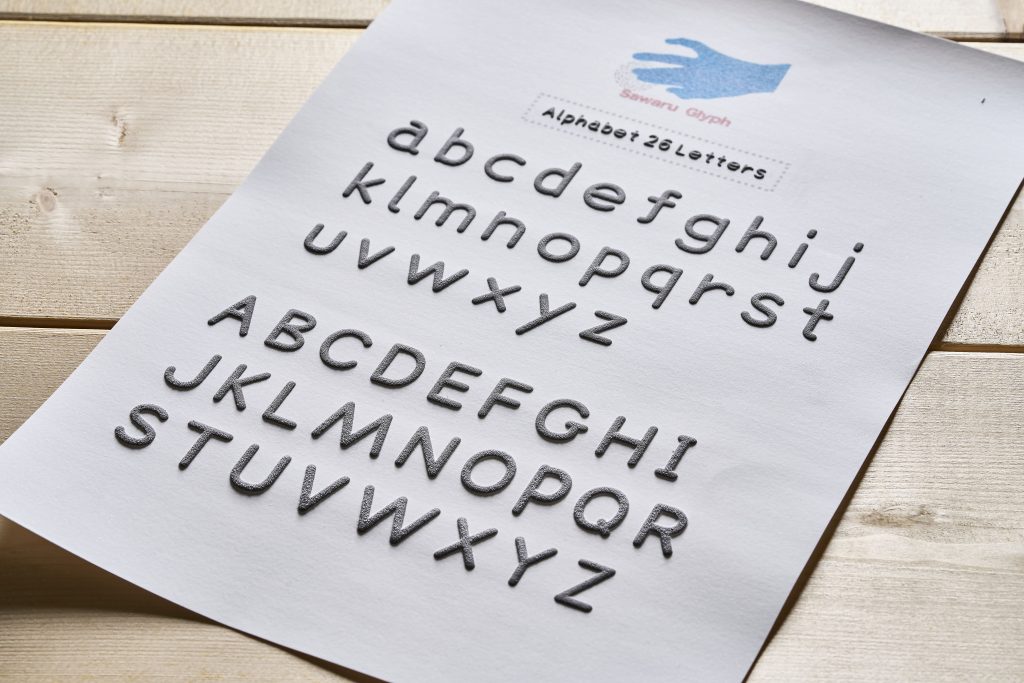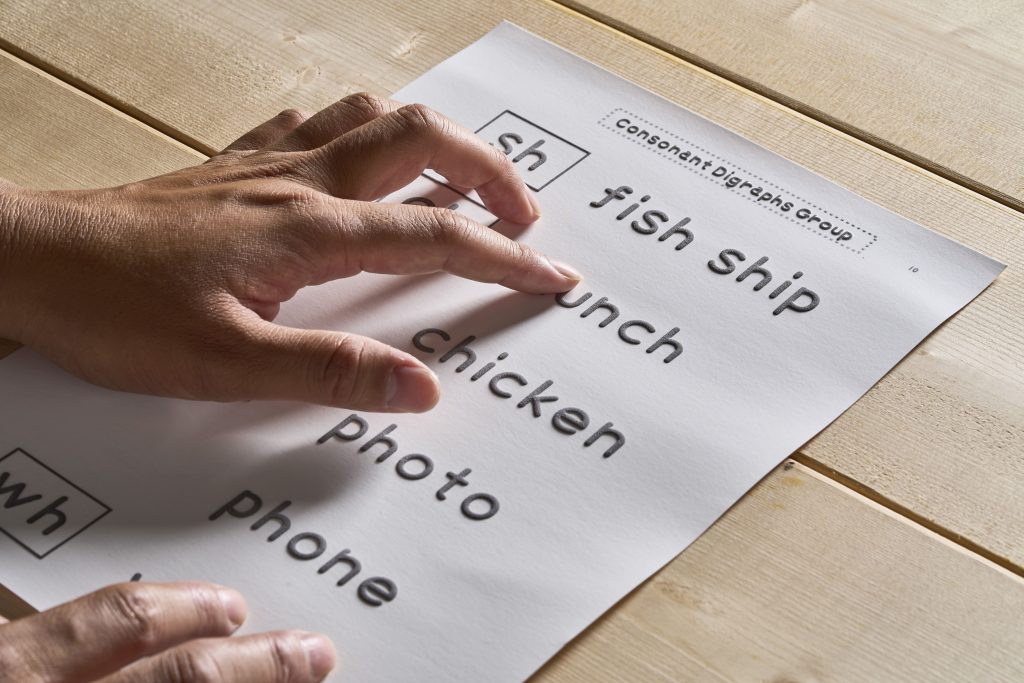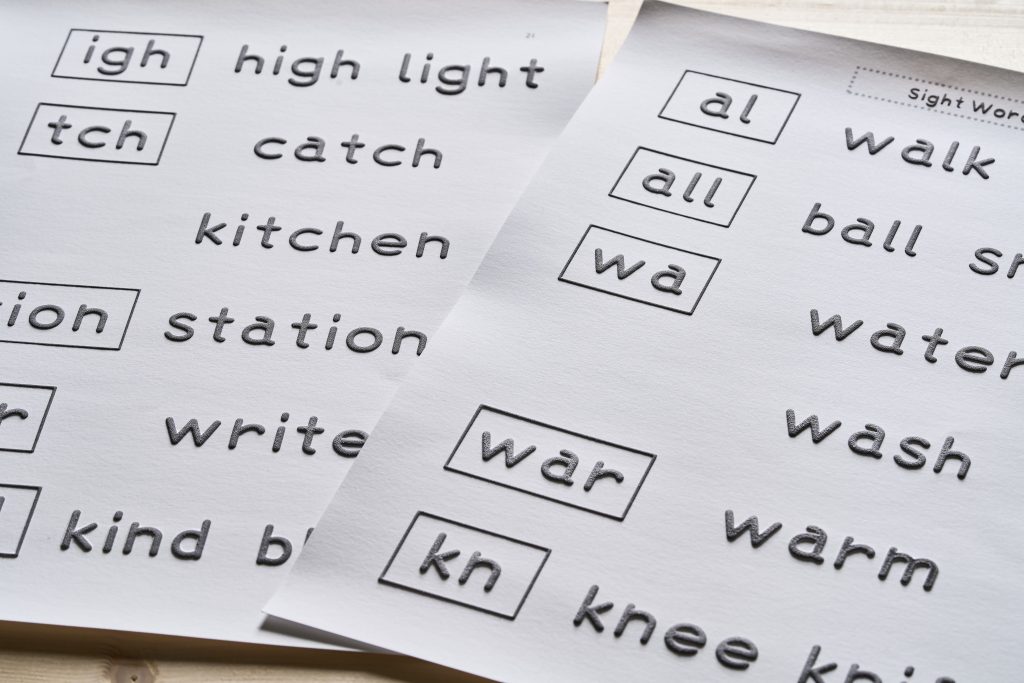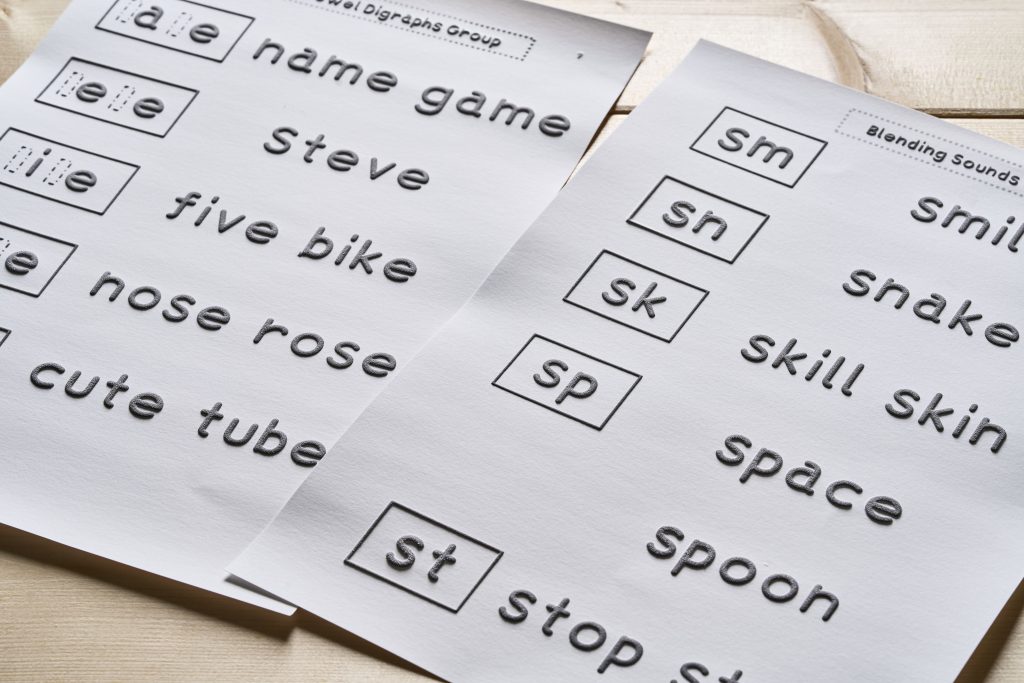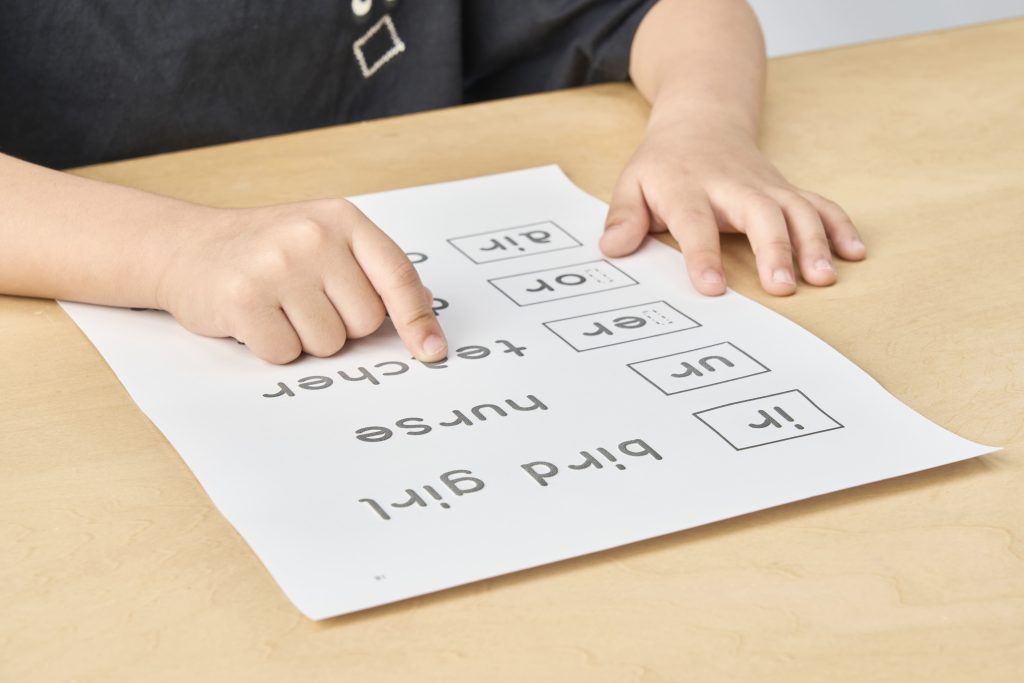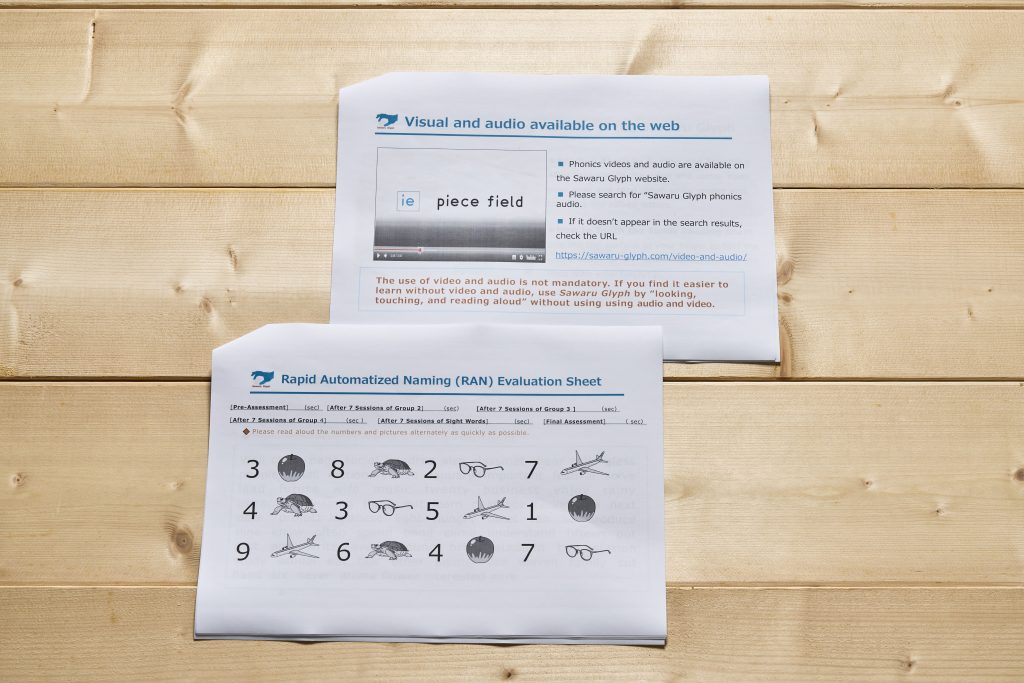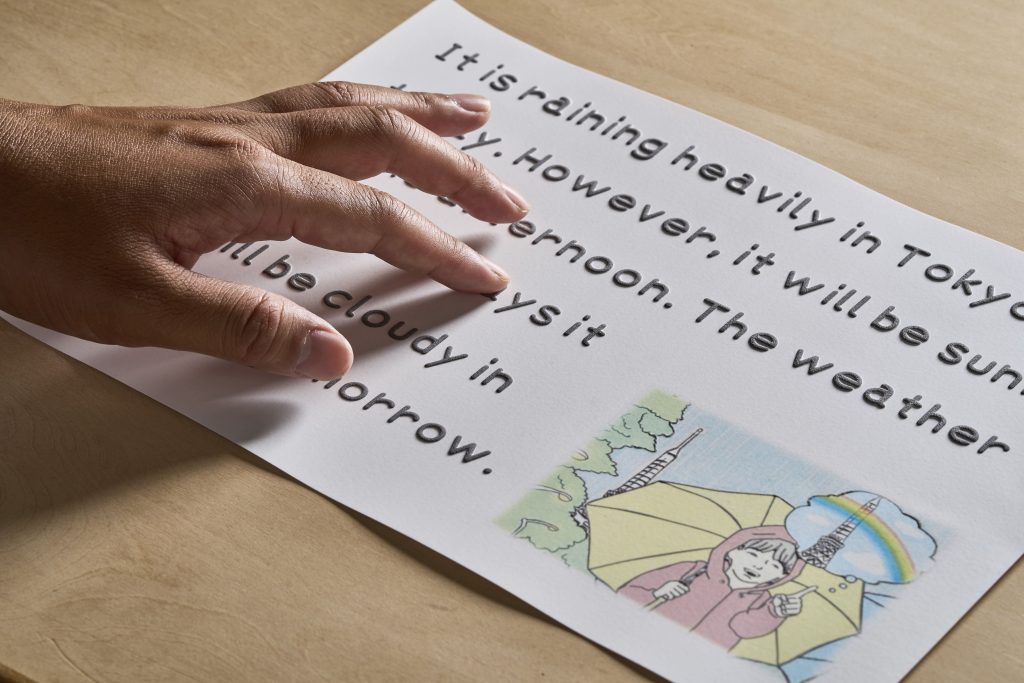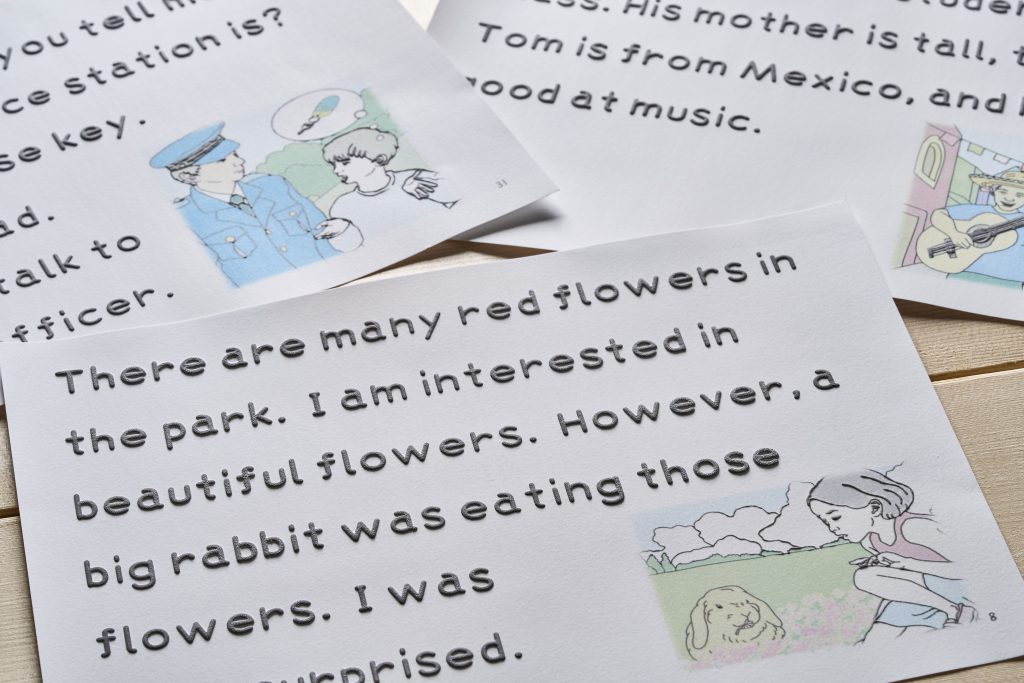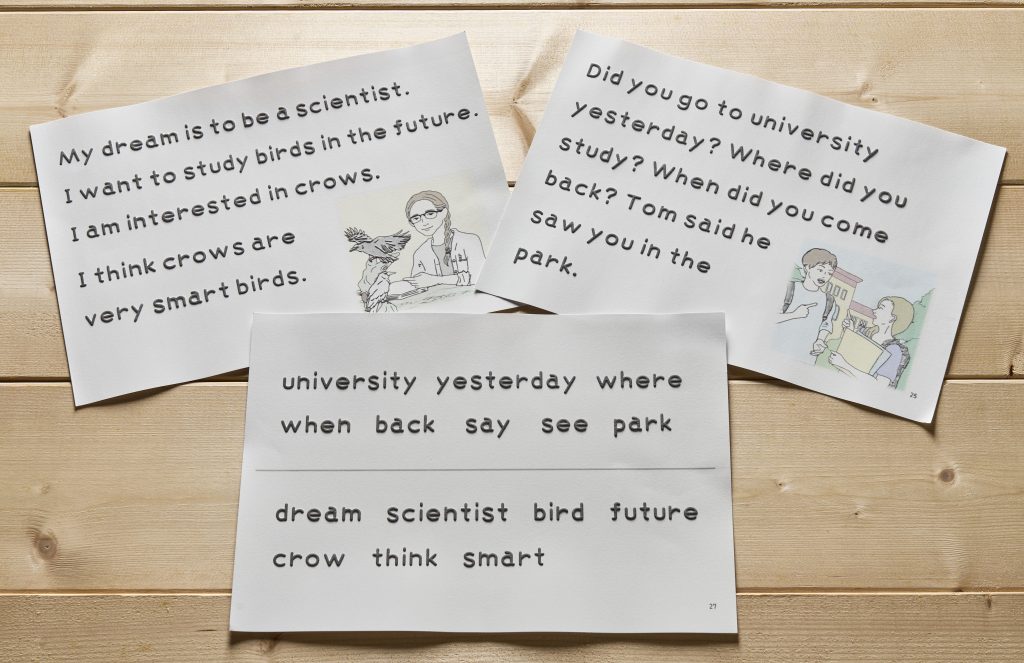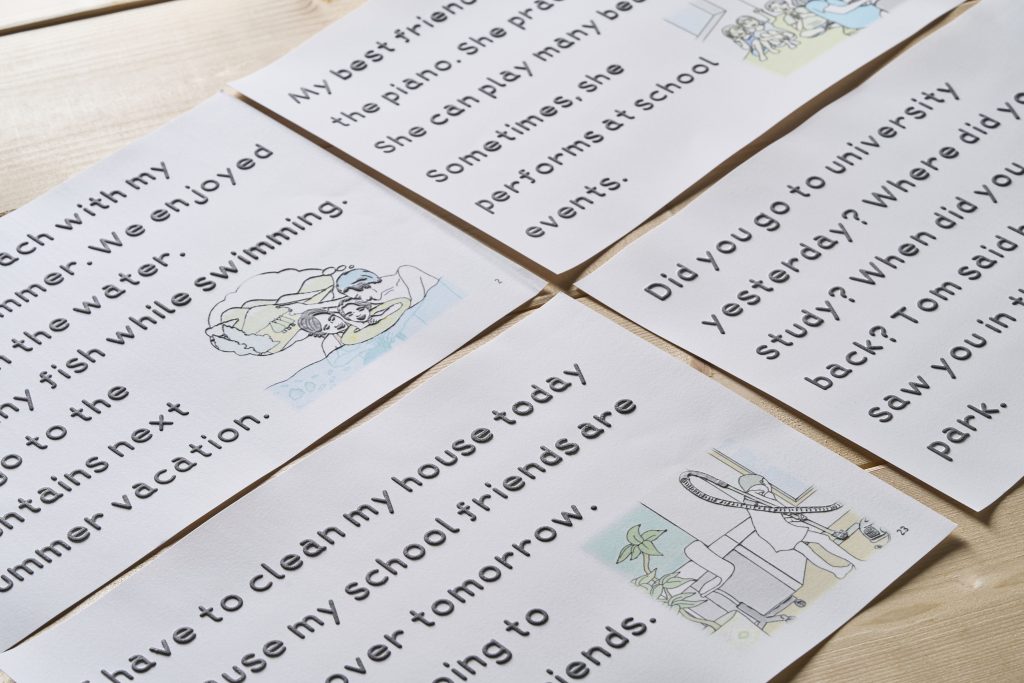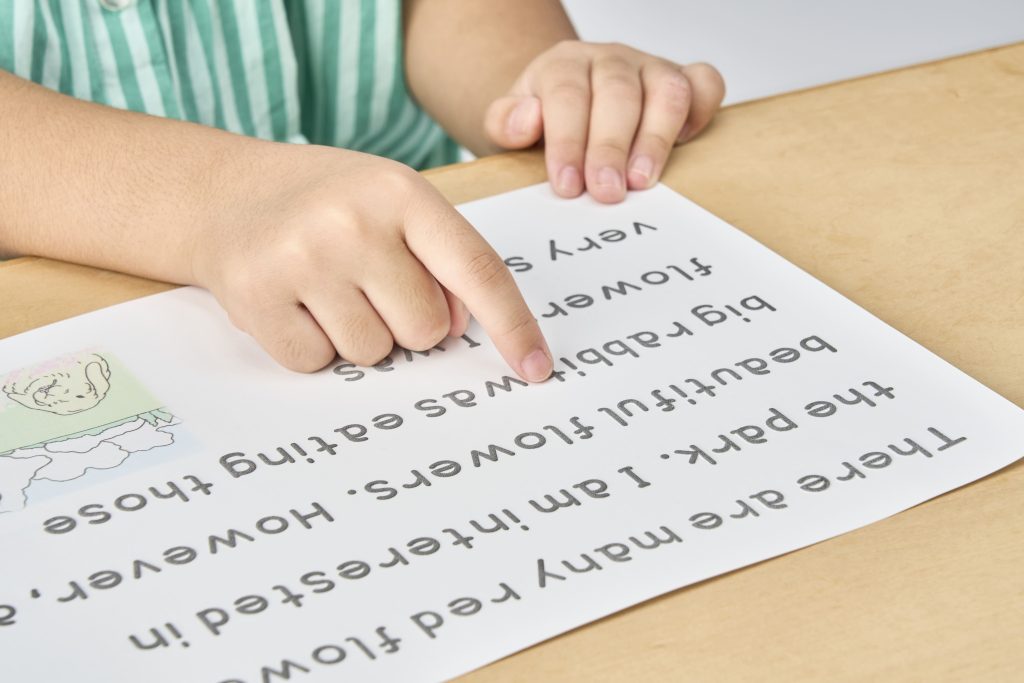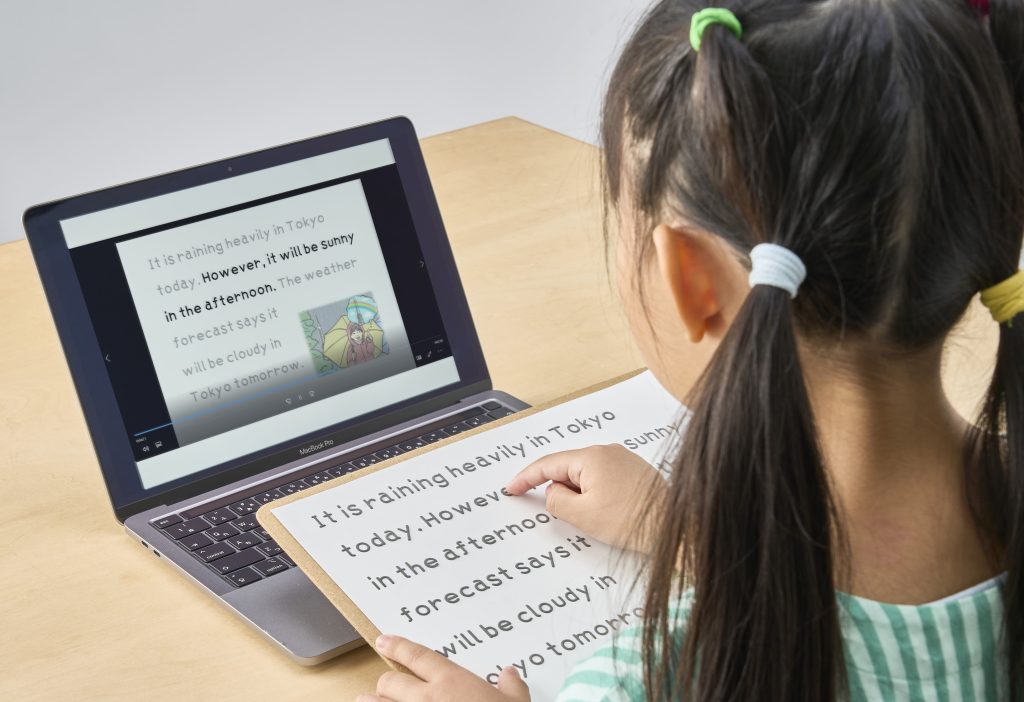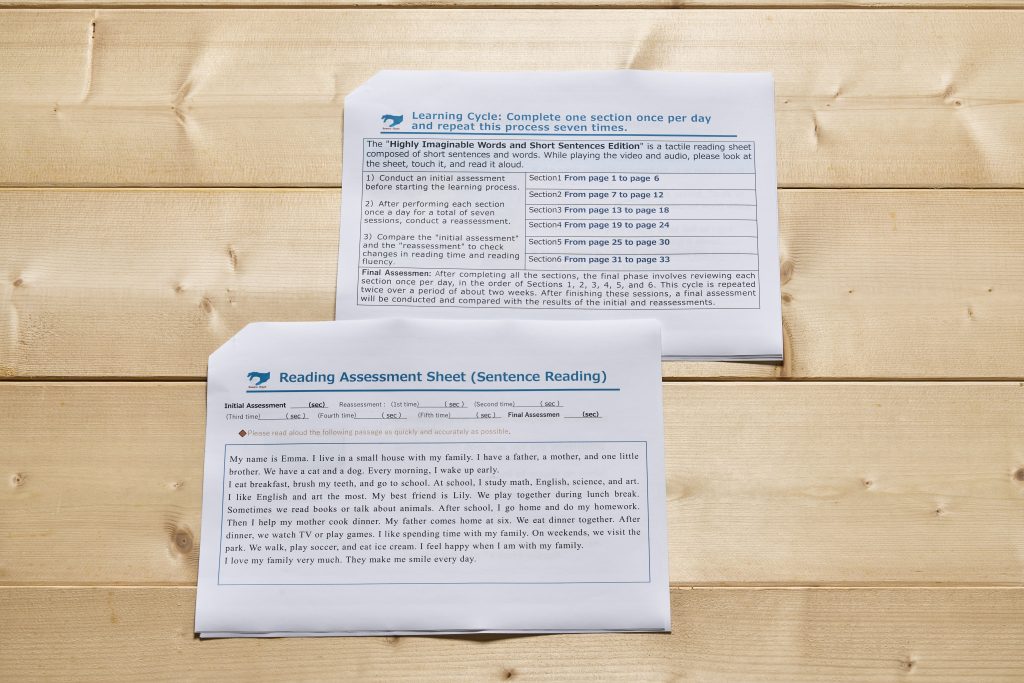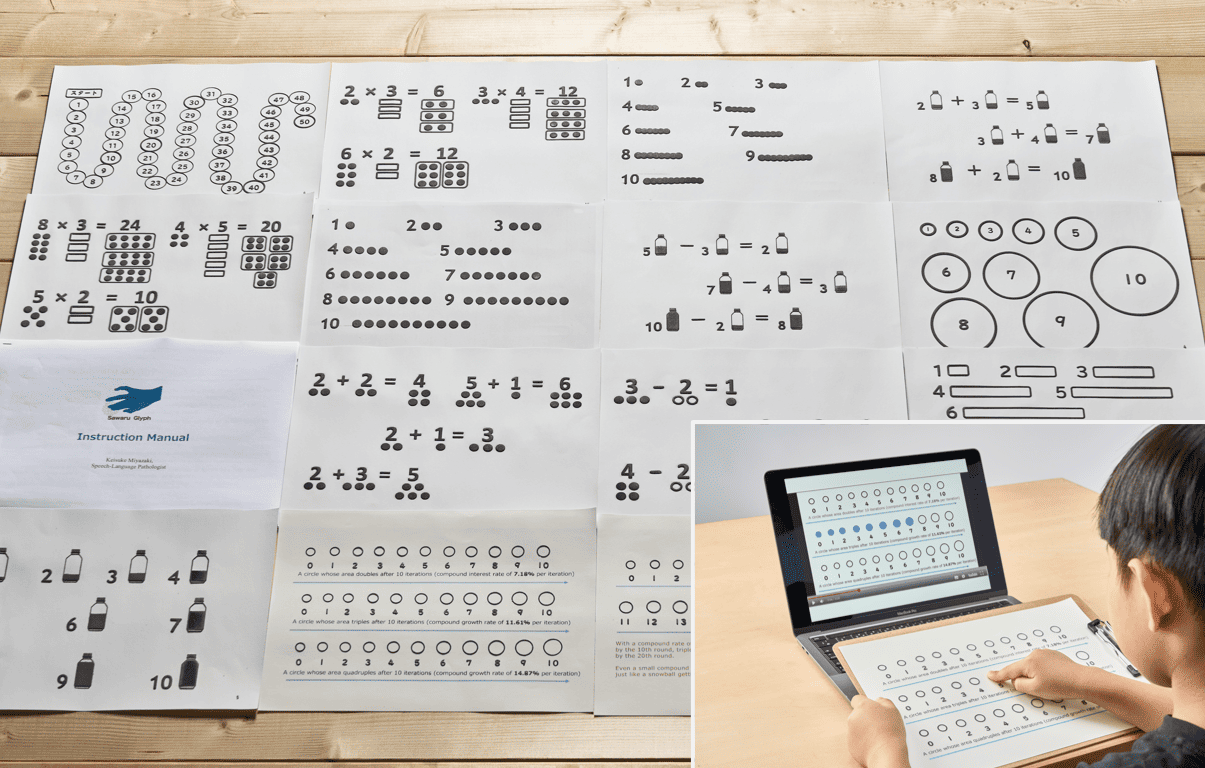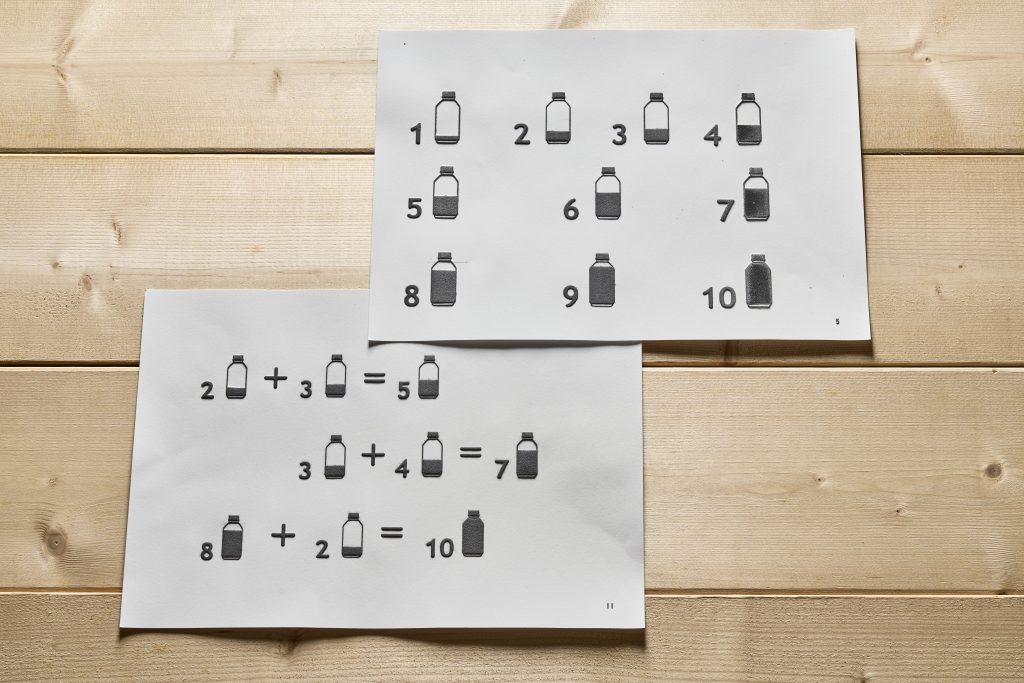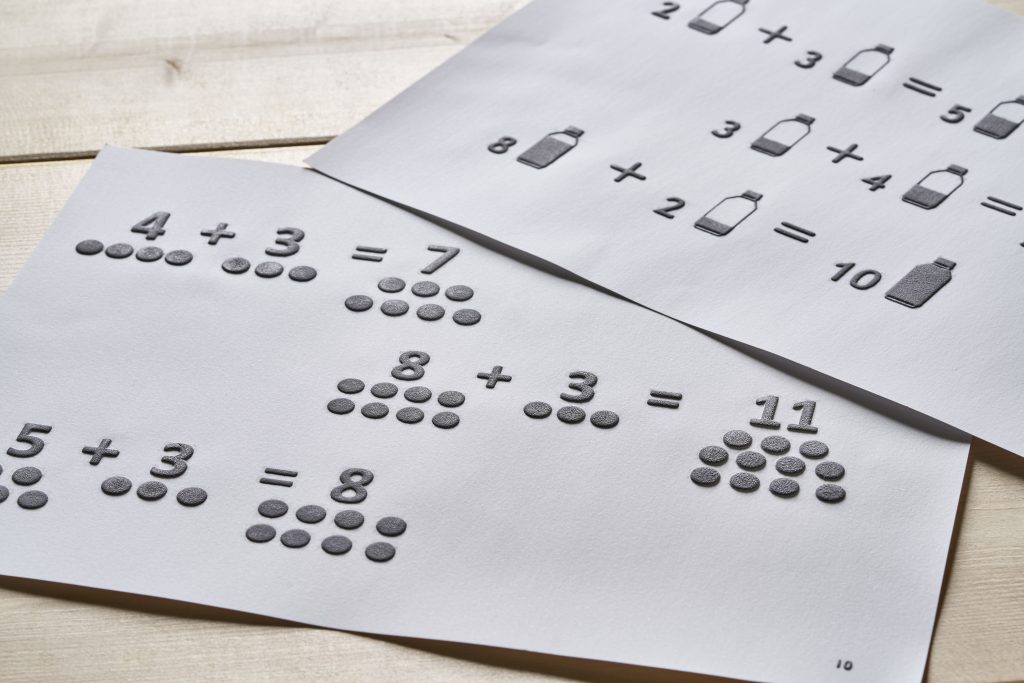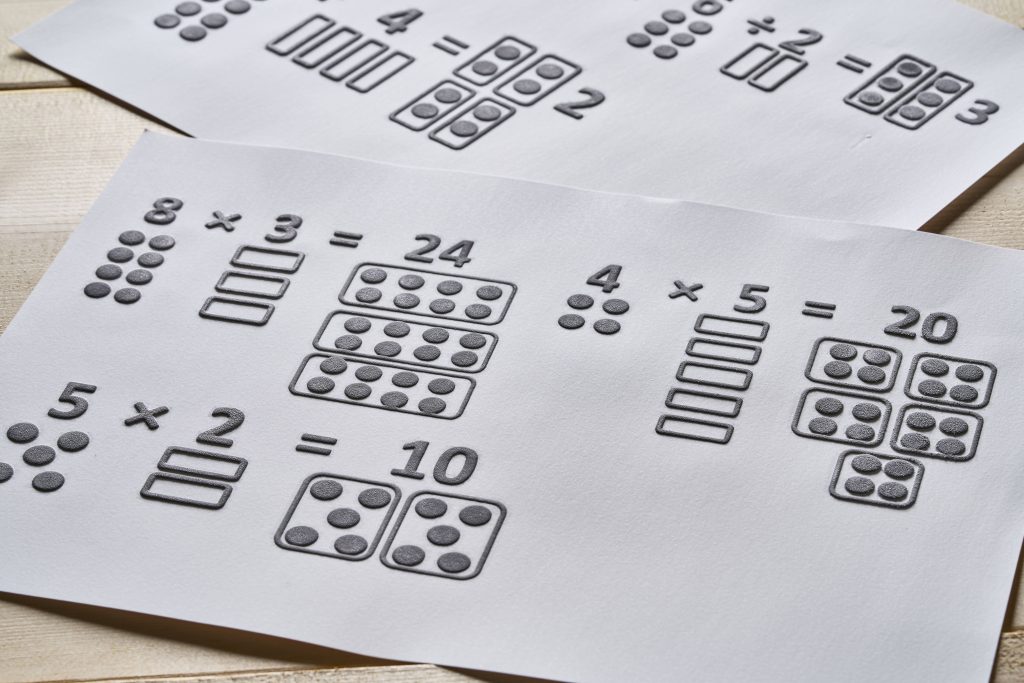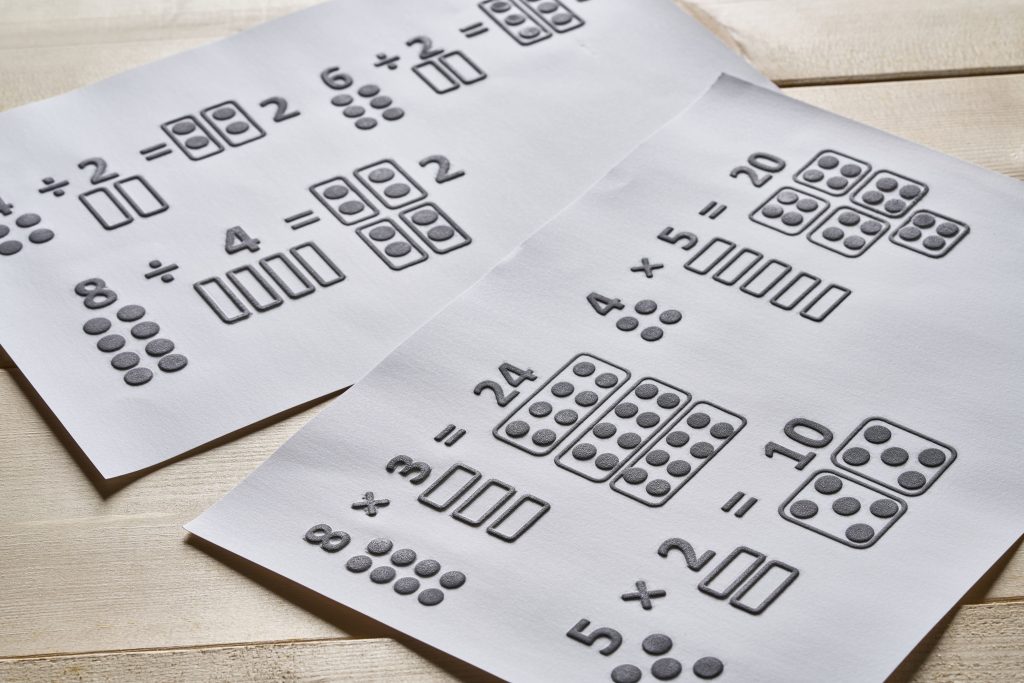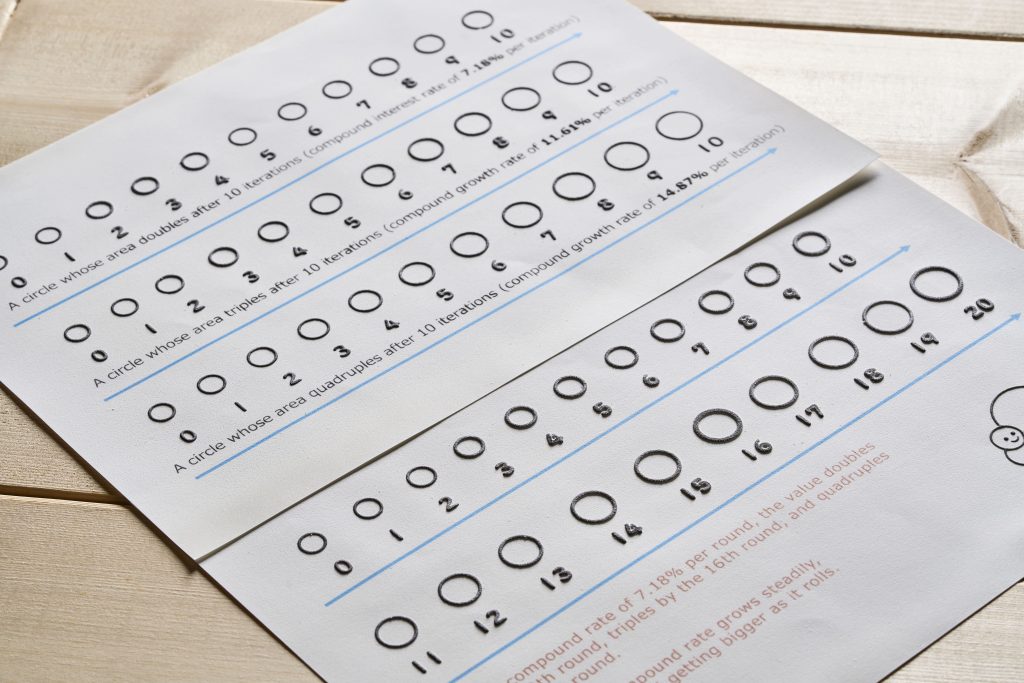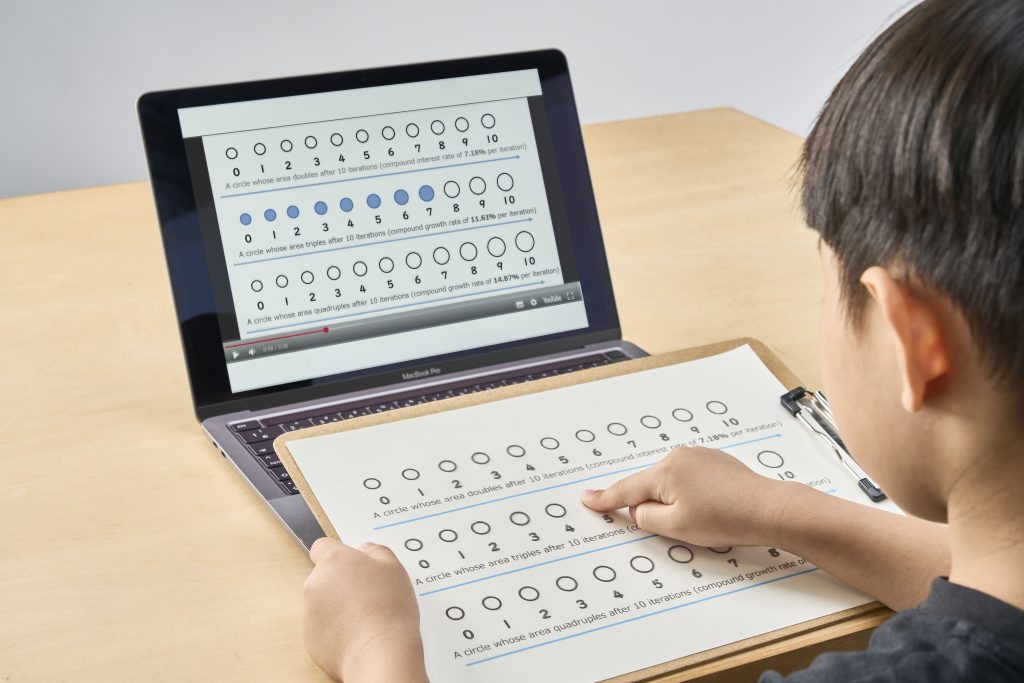“Sawaru Glyph” is a learning program developed in Japan that uses tactile reading. The word “sawaru” means “to touch” in Japanese, which corresponds to “haptics” in English. We use haptics to provide effective multisensory learning for individuals with dyslexia.(触るグリフ Japanese Website)
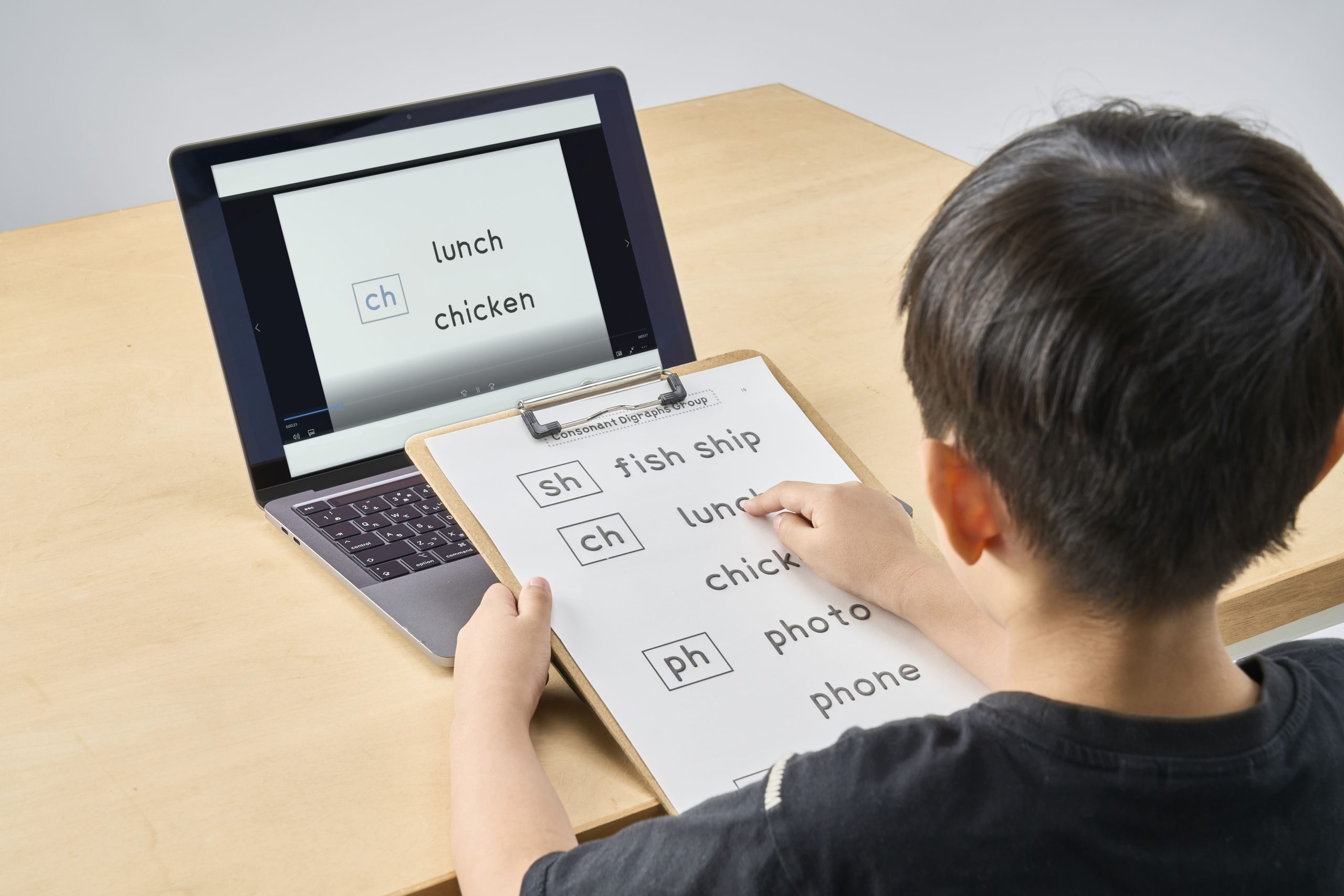
The causes of dyslexia include weak associations between letters and sounds, difficulty recognizing words at the spelling level, challenges in memorizing letter shapes, and slow Rapid Automatized Naming (RAN).
Sawaru Glyph addresses and helps improve these cognitive difficulties through tactile reading, where users “see, touch, and read aloud” three-dimensional words and sentences.
We aim to support people around the world who struggle with reading and writing through the innovative tactile reading program, Sawaru Glyph.

You are welcome to contact us for a free consultation about how to use the product, or to ask whether it is suitable for your needs, before making a purchase. Keisuke Miyazaki, a licensed speech-language therapist, will respond to your inquiry by email.Please include the following information in your message:
-
Age of the person who will use the product
-
Current status of reading and spelling skills
-
Difficulties currently being faced (e.g., in school, at work, or other areas)
-
Whether the person has any developmental disorders, including learning disabilities
Sawaru Glyph Tactile Reading Program
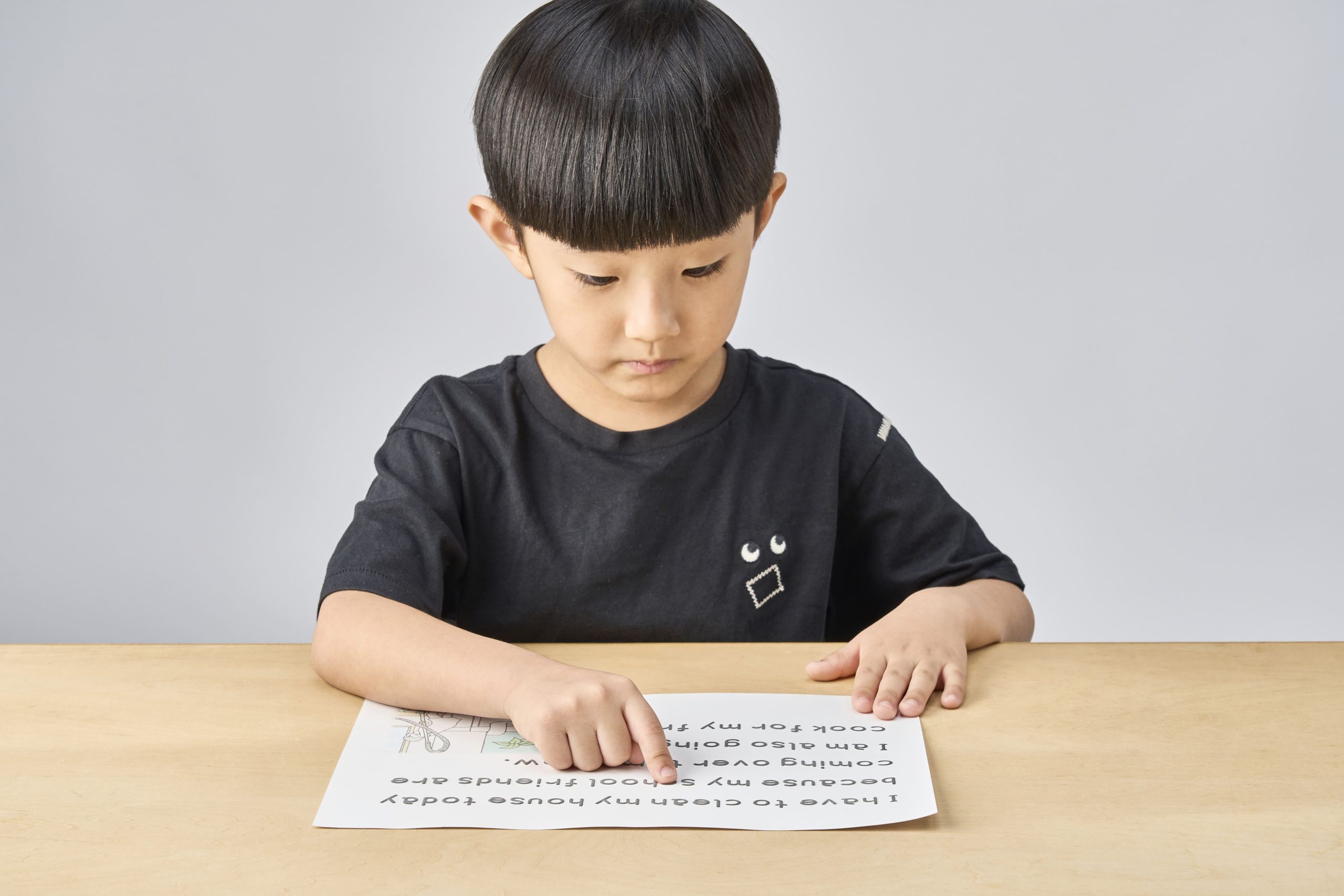
The Sawaru Glyph program can be conducted at home using specially designed tactile materials along with video and audio resources. To support home-based learning, we provide easy-to-follow instructions and evaluation sheets that help track progress. The program begins with basic letter shapes and gradually progresses to simple and then more complex spellings, using tactile reading where learners “see, touch, and read aloud” raised letters.
Through tactile reading, neural networks involved in letter recognition are formed in the brain, enhancing cognitive functions related to recognizing letters and words. As a result, the cognitive load required to recall letters is reduced, leading to improved reading fluency and spelling ability.
The Sawaru Glyph learning set is available for purchase online. We recommend starting with the Starter Kit, which is designed to help learners study letters and spelling based on phonics principles. Additionally, paid online instruction and assessment by a licensed speech-language pathologist are available upon request.
Who Can Benefit from Sawaru Glyph
.png)
Sawaru Glyph is designed for both children and adults with dyslexia.
It can also be helpful for individuals who do not have a formal diagnosis of dyslexia but struggle with reading or spelling.
This program is suitable for individuals who experience the following difficulties:
- Difficulty reading fluently
- Fatigue when reading sentences
- Trouble remembering how to spell words
- Challenges in understanding basic math concepts
Effects of Sawaru Glyph
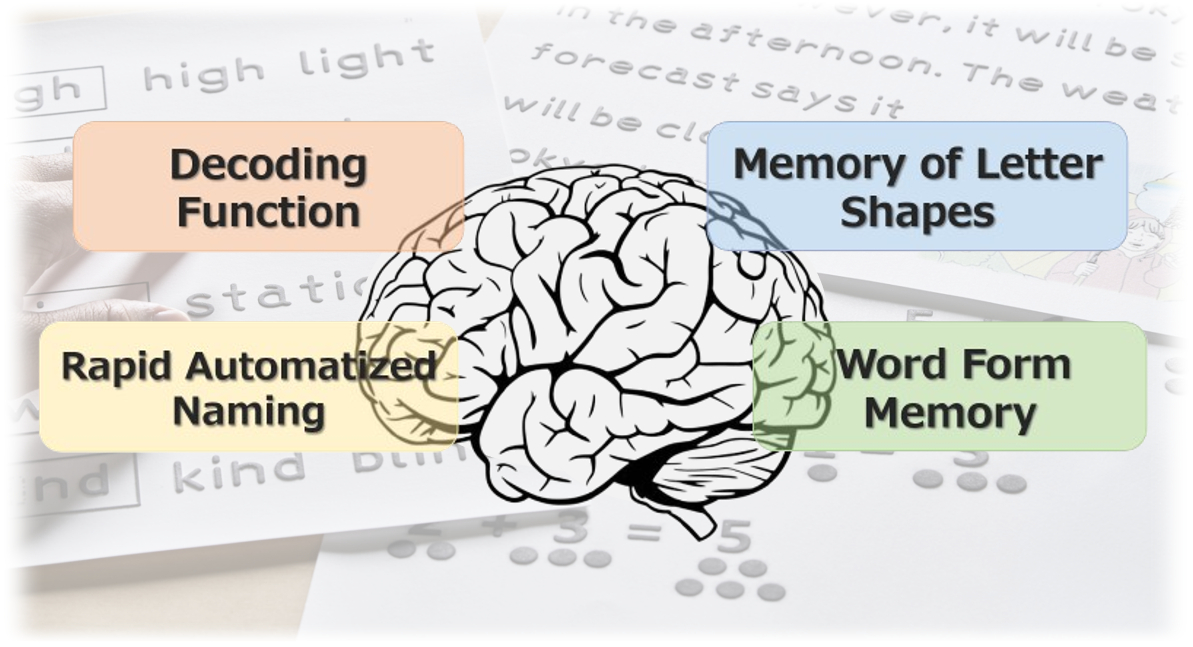
Sawaru Glyph is a learning tool that utilizes the memory-enhancing effects of haptic stimulation—such as touch and movement—and the characteristics of multisensory integration.
This approach can help improve reading fluency and spelling recall in individuals with dyslexia.
Tactile learning through touch has four key functions:
- Formation of letter-shape memory
- Strengthening of letter–sound associations
- Development of word-form (spelling pattern) memory
- Potential enhancement of Rapid Automatized Naming (RAN)
For more information, please see the “Effects and Principles” page.
Learning Materials
英語版.png)
Sawaru Glyph is a program that uses tactile reading materials along with visual and auditory resources to support step-by-step tactile learning. The learning process begins with individual letters and gradually progresses to spelling and whole words. It starts with phonics-based materials.
Through this gradual and multisensory approach, multimodal memory for letters, spellings, and words is formed in a stronger and more refined way. As a result, the cognitive load required for letter recognition is reduced. These changes in brain function lead to improvements in both reading comprehension and spelling ability.
Basic Spelling and Phonics Edition
The Basic Spelling and Phonics Edition is the foundational material used at the beginning of the Sawaru Glyph program.Learners engage in tactile reading using specially designed video and audio resources.
The program starts with the 26 letters of the alphabet and gradually progresses from simple phonetic spellings to more complex ones.Through tactile reading, it promotes the integration of spelling and sound memory, as well as the formation of orthographic word memory.This step-by-step process helps build the memory networks essential for fluent reading and accurate spelling.
Highly Imaginable Words and Short Sentences Edition
The Highly Imaginable Words and Short Sentences Edition is a more advanced learning material that follows the Basic Spelling and Phonics Edition. This edition uses tactile reading—“seeing, touching, and reading aloud”—to help learners engage with short sentences composed of highly imaginable words.
It reinforces the spelling and orthographic word memory previously developed in the Basic Edition.Clinical research also suggests that reading vivid and image-rich words and sentences through tactile engagement may enhance RAN (Rapid Automatized Naming) ability.This edition also includes dedicated video and audio resources to support tactile reading.
Number Concepts and Basic Math Materials
Dyslexia is known to share many cognitive features with dyscalculia (mathematical learning disability). The Number Concepts and Basic Math Materials promote the development of number sense by allowing users to touch three-dimensional numerals and their corresponding quantities. Through tactile reading of three-dimensional equations and quantities, learners explore how numerical values change in addition, subtraction, multiplication, and division.This material is designed to help build foundational skills in mathematical understanding.
Email Support and Online Lessons
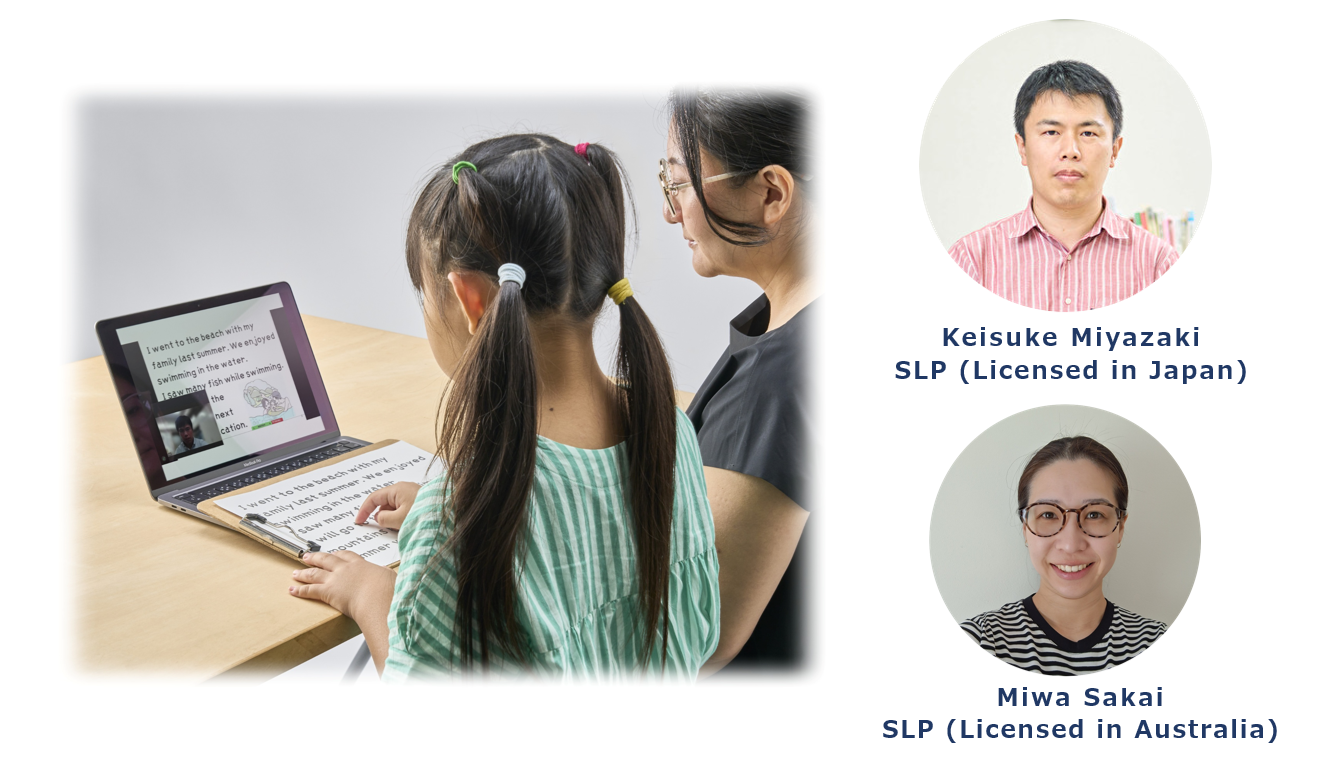
Sawaru Glyph is a learning material that can be used at home by following the included instruction manual.
For those who wish to receive more effective training, we offer paid plans that include email support and online private lessons provided by a speech-language pathologist.
With the email support plan, you can send up to seven consultation emails per month about how to use Sawaru Glyph at home, how to conduct assessments, and how to support your child’s learning. In the online private lessons, the speech-language pathologist provides individualized instruction using Sawaru Glyph, tailored to each child’s characteristics. The lessons include reading and spelling assessments and step-by-step phonics instruction.
If you would like higher-quality training, please choose one of the paid plans.









